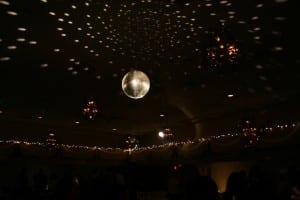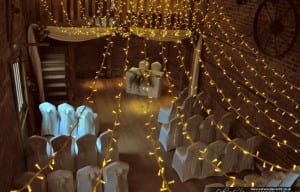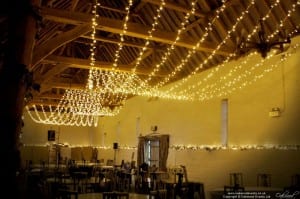“I’m just a little girl lost in the moment” (Lenka, 2009)
Now I’ve had a couple of sessions in my performance space, I feel more confident in terms of what materials I definitely know that I need and those that I could supplement for other, more efficient, materials. For example, I was considering buying a sheet of metallic fabric in which to cover the ladder to form a structure and create the illusion that the ladder is a huge rock which I then climb. However, not only would this be more expensive, but I actually prefer the idea that the audience can see the shape of the ladder and the steps that almost present the idea that I’m climbing stairs that are taking me directly towards the sky, with the ladder simultaneously being a metaphor for the plane on which I am flying . By separating the metaphorical image of the ladder from the actual purpose of the ladder I feel enhances the illusion more as it ties into this notion that I am playing a child who is an adult who is giving in to her fantasies when they arise and which juxtapose the reality she is in. I feel this is a recurrent theme throughout, particularly as the monologue is episodic. Structuring the piece this way also presents the idea that children, especially of a young age, are extremely playful and get distracted very easily, letting their imaginations run wild, turning from one thing to the next in quick succession.
The Illusion – what she sees is actually something else.
ASSOCIATION.
As I’ve been researching the work of Laurie Anderson, I’ve come across some ideas that run parallel to the aims and intentions of my piece. The first is her use of structure in which her performance United States (1983) uses the episodic narrative that my monologue has. Anderson introduces a theme/topic/idea in any one of these mini episodes and “their recurrence [throughout the piece] suggests connections between different moments of the performance” (Auslander, 1992, 74). This resembles my monologue in that, between the three difference episodes, experiences and stories, there is the framing device of hide and seek which connects the episodes together and which enables me to transition between these three very different parts fluidly, to make the performance connected. This is especially important as it focuses on presenting both reality and fantasy.
This links to Anderson’s use of text in that she “distinguishes between words that are for reading and those that are for saying out loud” (Bonney, 2000, 82). For me, this idea is presented through the use of voiceover, where songs and thoughts are recorded and interject spoken text which aims to show what the character is thinking versus what she is doing.
By connecting and creating my piece in this ways also relates to the work created by Spalding Gray, whose monologue in Swimming to Cambodia is presented as a thought or stream of consciousness, in which Gray rapidly and constantly changes subject and theme throughout the 70min piece. As a result, the piece becomes associative through images and figures mentioned that accumulate to form the fragmented but connected monologue.
“Peering beyond a monologist’s stage presence into his uncensored mind” (Garner, 2011).
REALITY V. FANTASY (appearing and disappearing between worlds):-
References:
Auslander, P. (1992) Presence and Resistance: Postmodernism and Cultural Politics in Contemporary American Performance. Ann Arbor: University of Michigan Press.
Bonney, J. (ed.) (2000) Extreme Exposure: An Anthology of Solo Performance Texts from the Twentieth Century. New York: Theatre Communications Group.
Garner, D. (2011) Peering Beyond a Monologist’s Stage Presence Into His Uncensored Mind. [online article] Available from http://www.nytimes.com/2011/10/18/books/journals-of-spalding-gray-edited-by-nell-casey-review.html [Accessed 19 March 2014].
LenkaVEVO (2009) Lenka – The Show (New Version). [online video] Available from http://www.youtube.com/watch?v=elsh3J5lJ6g&feature=kp [Accessed 15 April 2014].







Recent Comments